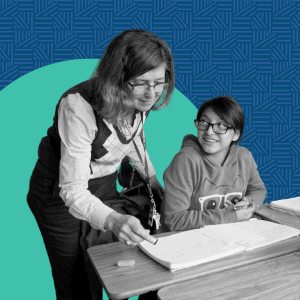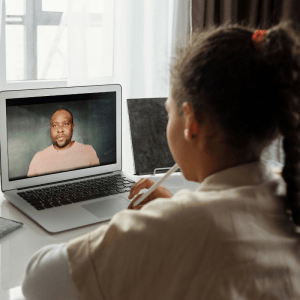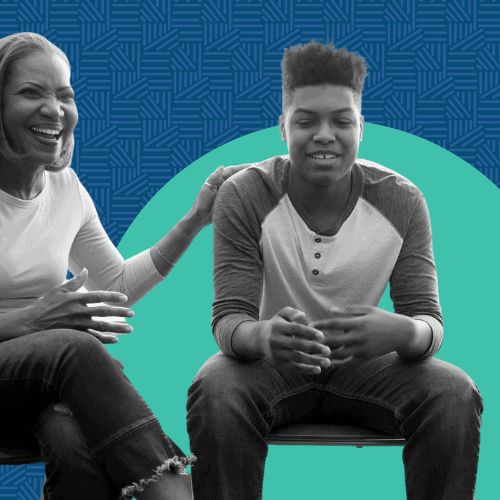
What Students Can Teach Us About Equity
02/23/2021

A Recap of Students Speak!
Teaching is a relationship with students. When we see school and the world through students’ eyes, we not only grow our perspective but also open doors to meeting their hopes, strengths, and needs in our practice. That means we must actively listen to student voice.
These ideas are at the heart of our new framework Teaching for Equity, a guide for teachers to integrate academics, well-being, and anti-racism. While the framework poses three “strands” for classroom practice (Anti-Racist Curriculum & Standards, Radically Inclusive Relationships & Community, Equitable Instructional Practices), we felt it important to mark the release with the end goal in mind: student experience. So, we hosted a virtual dialogue with incredible student activists who are finding ways to lead change for justice in their communities.
Meet Dyllyn, Madison, Naima, and Tia. Here we share pieces of their stories and name our takeaways.

Meet the Students
- Dyllyn is an eighth-grade student in Houston. He founded the ONE Houston Junior Leadership Board, which convenes more than a dozen student leaders from across Houston each month to talk about the important issues that students care about. Dyllyn is also the creator and host of the Basically Bias podcast which is meant to show the world how people of color experience life day to day. He hopes to attend Howard University and become a criminal justice lawyer to continue to fight for the rights of people of color.
- Madison is a twelfth-grade student in Detroit. In her own community, she’s organizing similar conversations about equity and anti-racism to lead to collective action. As she prepares to enter college, she has ambitions to become an anesthesiologist.
- Naima is a sixth-grade student in Chicago. She has a passion for justice that lives in her writing and student activism. She is a self-described creative who enjoys dance and writing.
- Tia is an eleventh-grade student in Chicago. She serves as a student member with the Chicago Board of Education. Tia also co-founded Power By Girls, a conference focused on providing young girls with the skills to be innovative and express themselves through entrepreneurship. She dreams of becoming a software engineer and CEO for a Fortune 500 company.
Throughout our conversation, key themes emerged. Where possible, we have cited direct quotes from the students with light edits for clarity. To watch the entire conversation, scroll to the video at the bottom of the article.
Students Have Strengths and Wisdom to Share
Students have experienced unprecedented disruptions over the past year. Thus, the global pandemic and reckoning with racial injustice were the natural entry point to our conversation. Surprisingly, several students shared that the heightened state of crisis around the world has brought them closer to their teachers than ever. These events have also helped them understand more about themselves and what they need from their relationships with teachers.
Madison reflected on how many of the experiences students in her community have overcome prepared them to adapt to this moment. She shares, “Now, in this pandemic, I feel like teachers can learn a lot from students. Our resilience, our way of life, the way things work. I just feel like teachers and students, together, we can learn more about each other because it has to be together…what [teachers] believe will fall on to us as well.” She mentioned that many of her teachers check in more regularly than before (one even called her during the panel!).
Naima agreed, adding that students hold more expertise about equity and a willingness to act than teachers may realize. She reflects, “Students, especially students of color are really at the forefront of [confronting] discrimination. Lots of us are activists, you know. Lots of us choose to put ourselves out there, and I think sometimes teachers and adults in general do underestimate the power of a young student of color who’s really just trying to show the world who they can be. If teachers took the time to learn more about their students and learn more about their dreams, their hopes, and what they’re really interested in, they could definitely learn a lot.”
In a slightly different direction, Tia named one place where students can teach adults a lot: technology. In some ways, the greater use of digital platforms to provide remote learning has shed light on ways technology can help teachers meet students where they are if there’s intentionality. Tia suggests, “I think students are at the forefront of the next wave of technology. And if a student is accustomed to a certain set technological capabilities, teachers can use that to their advantage.” She sees possibilities for getting more flexible with the pace and design of learning.
Students Are Proud of Their Identities and Want to Learn More
In his opening remarks, Dyllan posed an important question to teachers: how can you support all students to know their identity, love their identity, and respect each other’s identities? He shared that he wants to learn more about what is happening in the world and for conversations about racial equity to be normalized in all parts of learning. He thinks part of getting started is taking steps to practice and model vulnerability:
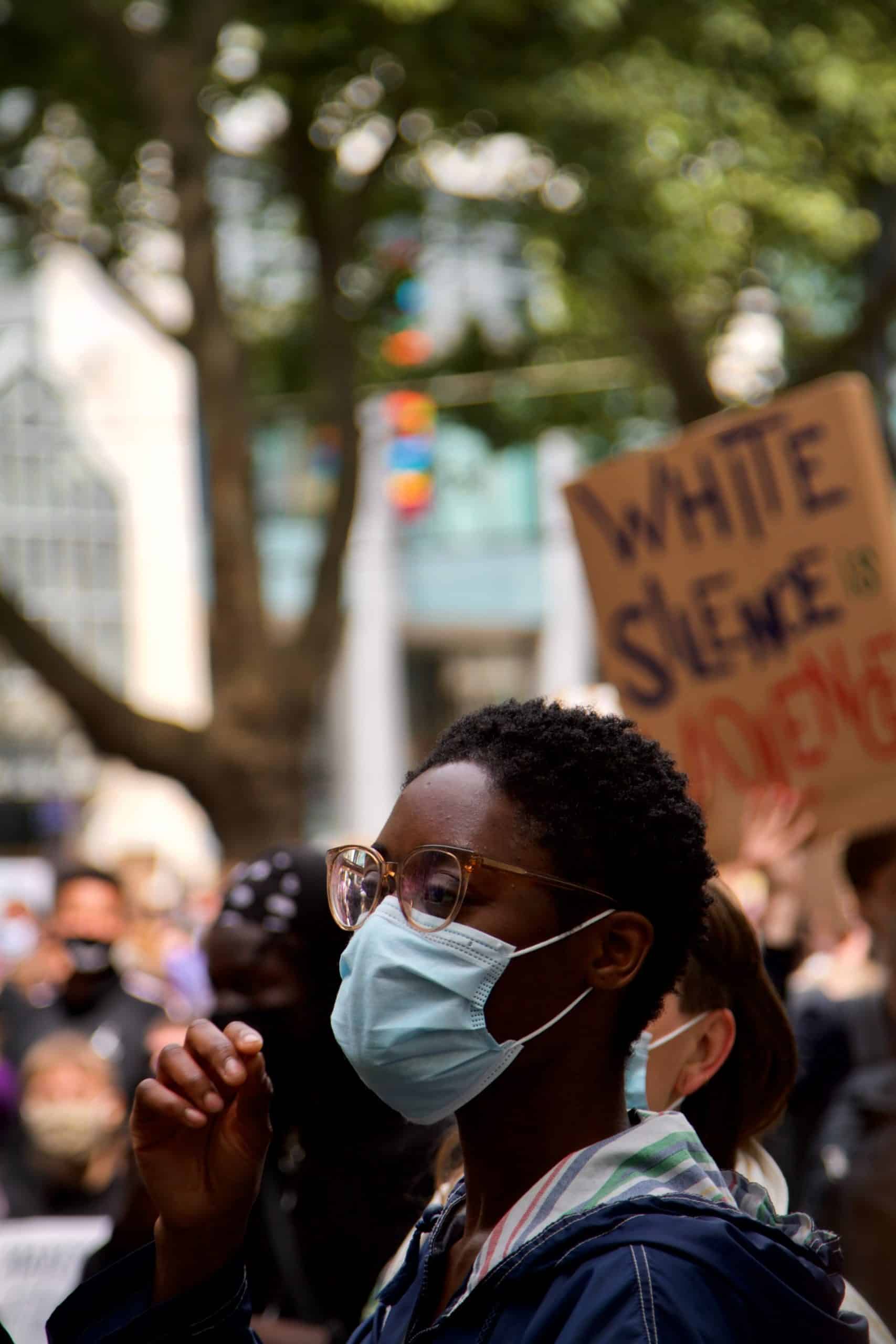 “Our teachers need more training to learn about how to make students feel comfortable, different ways to get us understand the issues, and how to bring up important topics like immigration, gender, or ability. Students need time to learn about how to be vulnerable at school and talk about their needs with our teachers. When our teachers talk about these issues, we get invested.”
“Our teachers need more training to learn about how to make students feel comfortable, different ways to get us understand the issues, and how to bring up important topics like immigration, gender, or ability. Students need time to learn about how to be vulnerable at school and talk about their needs with our teachers. When our teachers talk about these issues, we get invested.”
Building on these ideas, Madison suggests that it can feel like teachers misunderstand a lot about students from inner cities in particular. She stresses the importance of seeing their wholeness and valuing those experiences as assets they bring to the classroom:
“Inner city kids have had a struggle. They have been struggling with the school system, struggling to find resources, struggling to find help. And some teachers feel like that’s a weakness, maybe. Maybe [they think we’re] not capable of doing what’s in the plan. We’re looking to them for help. If we come together, we can find solutions. We can give each other answers [that suit] all of us.”
Similarly, Tia shared a desire for school to help her see her place in the world as a Black woman and give her the tools to create spaces that do not yet exist. “If you’re colorblind, you’re not really seeing your student for who they are. What I’m most proud of about my identity is the culture that it brings. I struggled with that as I grew up. It took me a while to find my place within my own culture as a Black woman. But within that and finding that, I think that is probably the best part of me and what I bring to the table, alongside all of my other traits,” she reflects.
Students Have Specific Expectations for Diversity, Equity, and Inclusion
All of the student panelists want to ignite the potential in their schools and communities for greater diversity, equity, and inclusion. Those values are what bring them to their activism. They also have strong ideas for how teachers and leaders can do more to make anti-racism a part of how they teach.
Tia suggested paying close attention to curricular choices. She says teachers should take their students’ experiences and create safe spaces where they can actually be themselves. “Incorporating different identities into the curriculum where you’re not just reading novels about non-POC characters or including math problems with more ethnic names can help children feel seen in their environment, especially when they might not feel seen at home, or when that culture is only prevalent at home.”
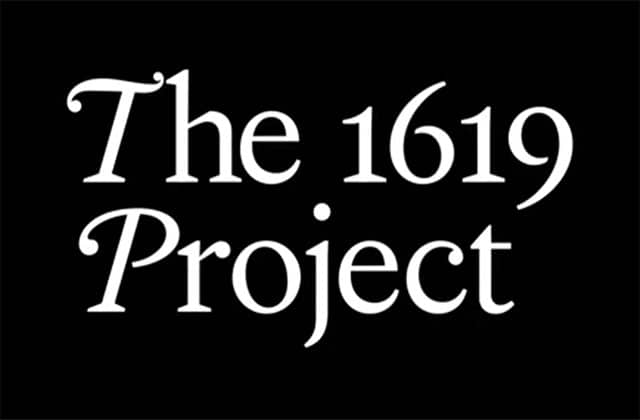
Naima mentioned how doing her own research and learning about the racial history of the United States has helped her build context about the experiences of students who are not like her. In particular, The 1619 Project has given her a window into truths about Black identity. Offering praise for writer Nikole Hannah-Jones, she says, “I think that texts like that expose a lot of truth that sometimes teachers try to cover up or manipulate around. I think more texts like that, that empower you and can show you who you are, are really great for students. [The 1619 Project] poses what I think our country tries to cover up to make white people feel more secure and more safe in the fact that they keep on pushing this racism upon so many people.”
Beyond instruction, both Dyllyn and Madison named ways they have seen teachers’ expectations for students and harmful disciplinary practices lead to negative outcomes. Madison sees her experiences as parts of her that teachers should value and build upon. “Inner city kids have this resilience, and you see it right now….I’m amazed at how a few voices could bring out so many people–could bring out so many conversations and so many solutions.”
Dyllyn adds, “In [elementary school], maybe the most I learned about my identity was probably that I knew that my ancestors were enslaved for a period of time, and that’s all I knew. It was like, ‘Okay that happened. I don’t know anything about that so I can’t feel anything about that.’ [It wasn’t] until I started attending middle school, where I was more in the curriculum–and we have social and emotional learning in our schools–that I started really learning about that and embracing [the history at school]… I just think that we should start getting more inclusion in our schools in all subjects.”
Students Have Big Dreams
How students understand their strengths and sense of self affects the goals they set for themselves. This group of students has big dreams and ideas for how teachers can support them to excel.
Madison is drawn to help others as an anesthesiologist. Recognizing that a health career comes with high stakes, she is looking to school to give her a strong foundation. She shares, “I want to pick the best school that has the right resources and classes. I have to learn how to put patients under. I have to learn how to bring them back up successfully. [I want to go to a place] where they understand me, where they can help me when I’m down. It speaks volumes to know my value as a student.”
Tia brings up the additional challenges for students of color who aspire to lead in professions and spaces where few people like them are represented. She considered becoming a lawyer because of her knack for reasoning, but several computer science courses have also ignited her passion for technology. Tia credits one teacher for spending a lot of time one-on-one and helping her understand she can accomplish anything she wants.
“I think the bigger picture for myself is to be the CEO of a Fortune 500 company,” she says. “I think education really creates the path obviously with college and then going forward, but I think creating tasks for yourself that make sense to you is really the most important thing, and education should be able to shape that. So, as someone who is black and a woman, how do I fit into spaces like big tech? You know, Fortune 500 companies that may not have spaces for me that exist right now. How can I force those spaces and force that path for myself?”

For Dyllyn, becoming a civil rights lawyer is just his first step. One day, he wants to be on the United States Supreme Court. He sees that journey as a natural progression from the activism he already loves. “I just feel like there are so many things in our country that are really so wrong,” he starts. “No matter which person we have in office, I feel like there should be someone who can…make the best decisions for everyone.”
He feels an easy way for teachers to support him and others would be to have ongoing conversations about goals from a young age. “Being able to say like, ‘Hey, I’m really interested in these things. I really love doing these things, so is there a way that you could help me?’ goes back to this whole entire conversation. Are students of color given those resources and are they being taken seriously when they say they want to have these big goals?”
Naima pushed back on our prompt about future aspirations, sharing that she is still learning who she is and what she loves. She says, “I was really trying to dig deep inside myself to find out what my dreams are, and I realized my dreams aren’t organized yet.” Naima continues, “I think that’s because I go to a school that just wants you to grow up and fit into the norm of society—that very much wants you to be the successful doctor, or grow up in those very normal positions.” While she sees the value in giving students an extra boost and focusing on academics, she also wants teachers to help students channel their creativity and passion. “I feed off the energy of my teachers, and I know if they believe in me, they want to see me grow up to be successful, not just in those normal jobs, but see me grow into this creative being.”
Try the Same Questions with Your Students
To close our conversation, Naima shared a powerful analogy.
“Students are very much like flowers, you know. And as teachers, you need to be their sun. You need to be the radiance and the kindness that shines down and influences them every day. And you need to be their water—that out of a rainstorm, out of the hard times in their life, they know that something nurturing can come out of it. From that, we develop our roots, and when we bloom, we are beautiful and radiant.”
If there’s one clear take away from our discussion, it is that students crave meaningful two-way dialogues with their teachers–they have ideas and dreams that should be heard and supported. To support you, we offer the following questions prompts taken directly from this dialogue that you can use to start a conversation with students in your life.
Questions:
- If you had a magic wand and could have the adults in our school do one thing differently, what would it be and why?
- What makes you proud of who you are? How can I support you to learn and think about your identity?
- What is one big dream you have for yourself? How can school help you get there?
- This year, there’s been a lot of change. How can I support you to talk about what’s happening in the world? How have you seen yourself grow or learn new things?
There’s no more important time than now to center students’ experiences and work toward equity with intentionality. Let your relationships guide how you continue in your practice and set goals for yourself. That’s what will make this moment a movement.



